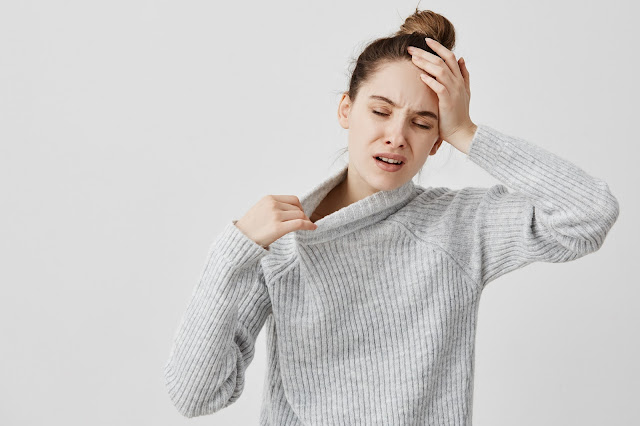Hyperhidrosis Disorder and How to Treat It
Hyperhidrosis disorder is a medical condition associated with excessive sweating. This sweating problem can arise in unusual conditions, such as without any trigger, or cooler weather. It can occur due to other medical conditions like hyperthyroidism or menopause.
Although hyperhidrosis can be uncomfortable, many treatment options can give relief. Around 4.8% of Americans have this problem, but this number may be underreported. Most people don’t seek medical treatment because they are unaware that they have a curable medical condition.
Treatment Options for Hyperhidrosis
There are many treatment options available for excessive sweating.
Specialized Antiperspirant
Your dermatologist may prescribe an antiperspirant that contains aluminum chloride. This antiperspirant is considerably stronger than other over-the-counter medications and is generally used for treating mild cases of excessive sweating.
Iontophoresis
This method uses a device that delivers low-degree electrical current while you are submerged in water. The current is usually delivered to your feet, hands, or armpits to temporarily block the sweat glands.
Anticholinergic Drugs
Anticholinergic drugs can give relief from generalized sweating! These drugs, like glycopyrrolate (Robinul), stop acetylcholine from functioning. Acetylcholine is a chemical human body produces that helps in stimulating the sweat glands.
These drugs usually take about 2 weeks to start working and might cause some side effects such as dizziness and constipation.
Botox
Botox injections can be used for the treatment of severe hyperhidrosis. It blocks the nerves that stimulate the sweat glands. You might need several injections before the treatment starts to show results.
Surgery
If you have a sweating problem only in your armpits, surgery may be the right treatment option for your condition. One process includes removing the sweat glands from your armpits. Endoscopic thoracic sympathectomy is another option that involves separating the nerves that carry messages to the sweat glands.
Home Remedies
You can also try reducing excessive sweating by:
• Bathing daily to wash off bacteria
• Applying over-the-counter antiperspirants on the affected surface
• Wearing socks and shoes made of natural material
• Changing socks frequently
• Letting your feet breathe
Conclusion
Primary focal hyperhidrosis is often treatable! Your dermatologist can help with the treatment for excessive sweating so you can manage the symptoms and triggers.
Excessive sweating arising from an underlying medical condition can go away when that particular condition is treated. Talk to your dermatologist if you feel your sweating is a result of your medication. They will determine if it is possible for you to reduce the dosage or switch medications.


hyperhidrosis
ReplyDelete.
atlantajudoacademy
ReplyDelete.